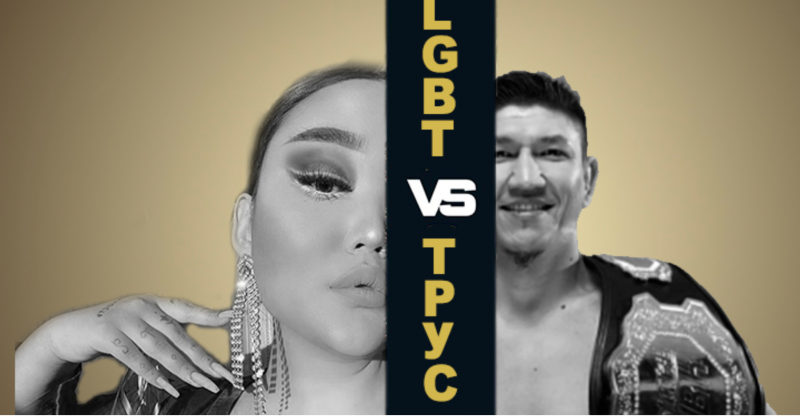Buffalo protester who was injured by police released from hospital

© Courtesy Bill Jacobson Martin Gugino attends a demonstration.
The 75-year-old protester who was pushed to the ground by police officers in Buffalo, New York, has been released from the hospital almost four weeks after being injured.
Martin Gugino was attending a protest outside City Hall on June 4 when he was pushed to the ground by a line of police officers clearing out the relatively empty area. He fell and hit the back of his head, fracturing his skull and putting him in the hospital for 26 days.
He was released Tuesday from the Erie County Medical Center, his attorney said. His lawyer, Kelly Zarcone, said he will be recovering at an "undisclosed location" to preserve his privacy.
"I was able to see Martin today and he looks great. He can walk with a little help and his condition will continue to improve with rest and time," Zarcone said in a statement. "I brought him the cards and letters sent to my office and he said he still felt overjoyed at the continued support and well wishes, 'like it was Christmas Day.'"MORE: Trump tweets conspiracy theory about Buffalo protester police officers knocked to ground
Gugino is an activist and regular at protests in New York state, his friends said, but has never been anything but peaceful and is a regular volunteer for Catholic charities.
"Martin said that he is pleased at the progress made so far to protect the safety of peaceful protesters, a topic near and dear to his heart," Zarcone said Tuesday. "He respects the burden of authority placed upon law enforcement but looks forward to the continued implementation of systemic changes to eliminate police brutality."© Courtesy Bill Jacobson Martin Gugino attends a demonstration.
Officers Aaron Torgalski and Robert McCabe were charged earlier this month with second-degree assault in the incident and released on their own recognizance. They both pleaded not guilty and are expected back in court July 20.
In a statement prior to the arrests, Buffalo police had said Gugino tripped and fell despite the video evidence.
The 75-year-old protester who was pushed to the ground by police officers in Buffalo, New York, has been released from the hospital almost four weeks after being injured.
Martin Gugino was attending a protest outside City Hall on June 4 when he was pushed to the ground by a line of police officers clearing out the relatively empty area. He fell and hit the back of his head, fracturing his skull and putting him in the hospital for 26 days.
He was released Tuesday from the Erie County Medical Center, his attorney said. His lawyer, Kelly Zarcone, said he will be recovering at an "undisclosed location" to preserve his privacy.
"I was able to see Martin today and he looks great. He can walk with a little help and his condition will continue to improve with rest and time," Zarcone said in a statement. "I brought him the cards and letters sent to my office and he said he still felt overjoyed at the continued support and well wishes, 'like it was Christmas Day.'"MORE: Trump tweets conspiracy theory about Buffalo protester police officers knocked to ground
Gugino is an activist and regular at protests in New York state, his friends said, but has never been anything but peaceful and is a regular volunteer for Catholic charities.
"Martin said that he is pleased at the progress made so far to protect the safety of peaceful protesters, a topic near and dear to his heart," Zarcone said Tuesday. "He respects the burden of authority placed upon law enforcement but looks forward to the continued implementation of systemic changes to eliminate police brutality."© Courtesy Bill Jacobson Martin Gugino attends a demonstration.
Officers Aaron Torgalski and Robert McCabe were charged earlier this month with second-degree assault in the incident and released on their own recognizance. They both pleaded not guilty and are expected back in court July 20.
In a statement prior to the arrests, Buffalo police had said Gugino tripped and fell despite the video evidence.
MORE: Buffalo police officers arrested after shoving 75-year-old protester
The incident rose as high as the White House. President Donald Trump tweeted a conspiracy theory on June 9, writing Gugino may be an "ANTIFA provocateur" and that the whole incident could be part of a "set up."
At the time, Zarcone called the president's accusations "dark, dangerous, and untrue."
New York Gov. Andrew Cuomo mocked Trump's theory, asking, "What do you think, it was staged? You think that the blood coming out of his head was staged? Is that what you are saying?"
ABC News' Aaron Katersky contributed to this report.
The incident rose as high as the White House. President Donald Trump tweeted a conspiracy theory on June 9, writing Gugino may be an "ANTIFA provocateur" and that the whole incident could be part of a "set up."
At the time, Zarcone called the president's accusations "dark, dangerous, and untrue."
New York Gov. Andrew Cuomo mocked Trump's theory, asking, "What do you think, it was staged? You think that the blood coming out of his head was staged? Is that what you are saying?"
ABC News' Aaron Katersky contributed to this report.
















